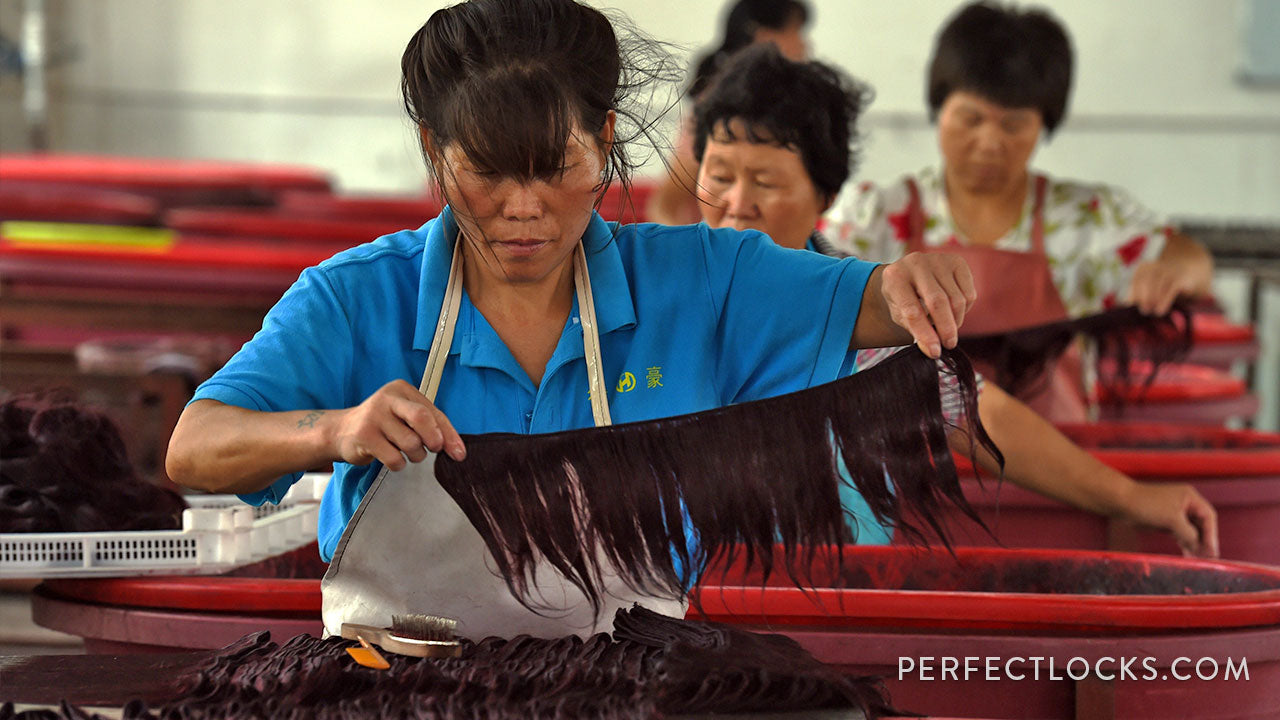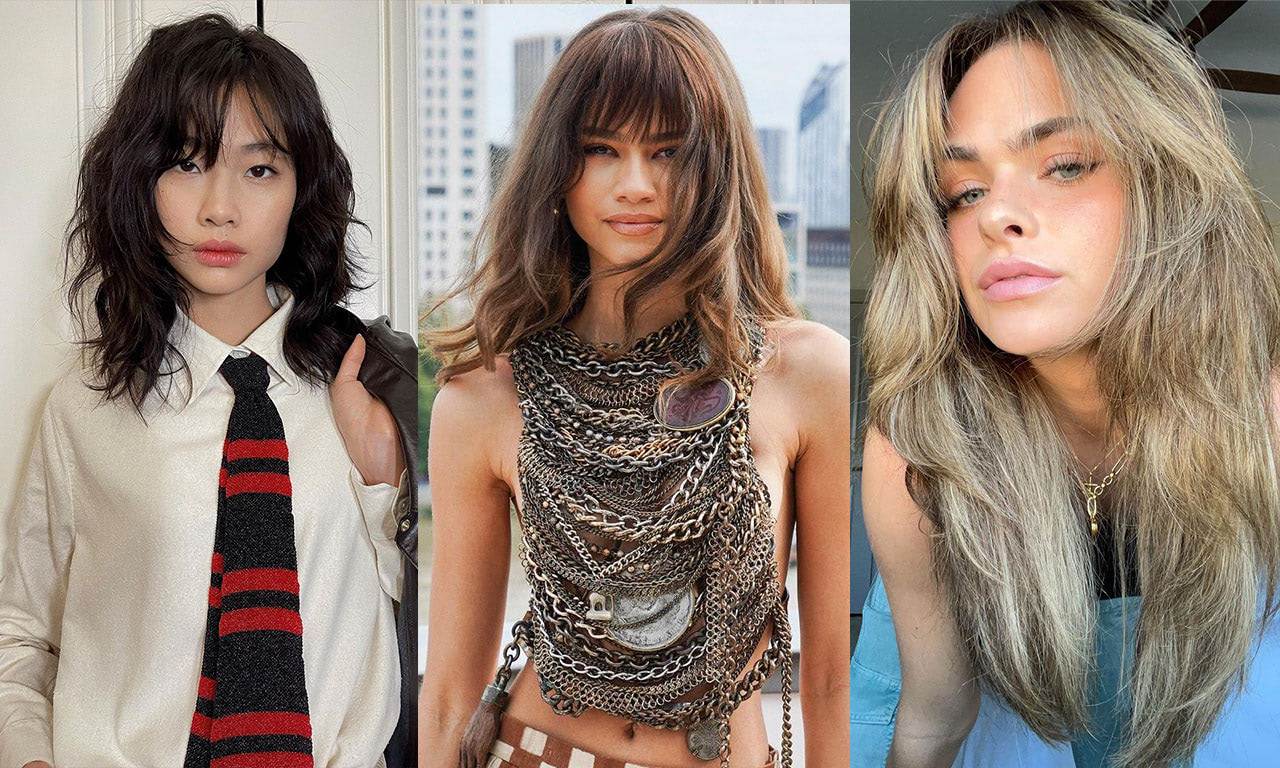Last month on July 1st, a cargo freighter arrived at the Port of New York and New Jersey and immediately on docking at the port were descended upon by US Customers and Border Protection officers. As the officer reviewed the ships logs and manifest with the captain crew, another detachment of officers began open cargo containers to find them packed bundles of hair extensions. While international shipments of hair from China, Brazil and India happen almost every day in the United States as part of a $10 billion dollar industry, what made this hair of particular interest to officers was where it came from.

This hair, part of 13 tons of hair products had been shipped from Xinjian, China and was confiscated as part of a Federal seizure order on goods shipped from one company. What made this company a target for CBP officers was that their goods were made or originated from millions of Uigher Muslins and other minorities held in detention centers. This hair, harvested unethically is bit the tip of the ice burg when it comes to hair originating from China and Japan where human riots violations are sadly all too common. China, in fact is the biggest importer and exporter of human hair and unfortunately there is no regulatory body that ensures ethics in the harvesting of human hair. Beyond the questionable origin of where cheap hair often comes from, “standard hair” is often collected and processed that is left behind from salon floors, and combs for processing in many poorer countries. This hair eventually makes it’s way to processing factories in China and Myanmar before ending up as cheap and affordable wigs and hair extensions here in the United States. In fact, some of that hair is shipped into Brazil before being reshipped to the United States as “Brazilian Hair”, when it is in fact, anything but.
All of this begs the question, what is the difference between our hair, Indian Remy Hair and Asian hair?

INDIAN HAIR IS:
- 100% Remy Hair (used in all Perfect Locks products), meaning that the cuticle is intact and all of the hair is sorted and bundled in the same direction.
- Gathered direct from temples in India ethically during the ritual of tonsure by our buyer, who selects some of the best quality hair available.
- It is naturally wavy, light and airy and moves easily with a lot of bounce
- It is tangle-resistant and easy to style
- It is the strongest hair and holds up to coloring and chemical processing
- Naturally being a dark brown, it blends ins with virtually all hair types, especially African American
ASIAN HAIR IS:
- Generally considered to be of low quality and often harvested unethically. If it is harvested ethically, it is often processed and the cuticle is destroyed which impacts the lengths of wear.
- Since it is often not sorted, the cuticles are mixed together in opposite directions, leading to tangling.
- “Brazilian” hair is often Chinese hair that has been counterfeited, dyed and process to make it look like Brazilian hair.
- Asian hair is round in structure, making it coarser than Caucasian hair and stick straight. To soften it and make it finer, it is bathed in an acid and then treated with silicones to make it feel soft and add shine in place of the ruined cuticle. The results don’t last long.

Beyond how the hair feels, the ethics involved should give you pause. Anything cheap in life often comes at a cost, in this case, it comes at the cost of people…so bear that in mind and KNOW where the hair in your extensions and wigs come from. Beauty should never come at a cost.
References:
https://www.businessinsider.com/cbp-seize-human-hair-extensions-made-in-xinjiang-uighur-labor-2020-7?fbclid=IwAR2EGK40rhG6pLLP8JdNSz20YyUxbZrwbI1pB6OiDIl6qMHFA6k3MnSEFSA
https://www.cbp.gov/newsroom/national-media-release/cbp-issues-detention-order-hair-products-manufactured-forced-labor-0
https://www.bbc.com/news/magazine-37781147
 Have Questions? Call Us!
Have Questions? Call Us! 


